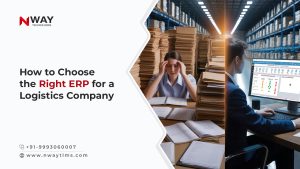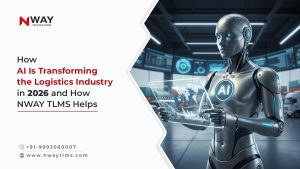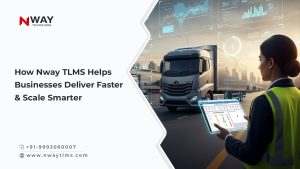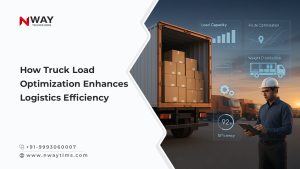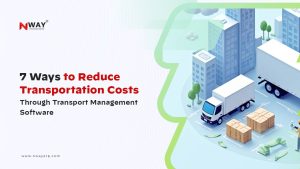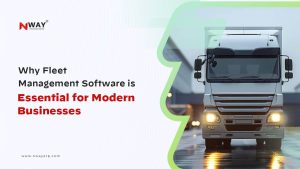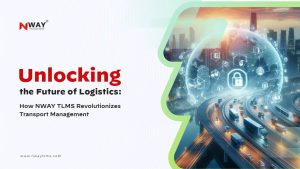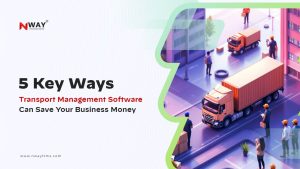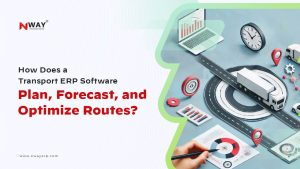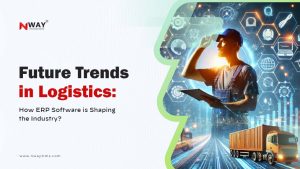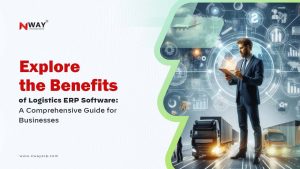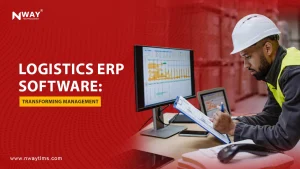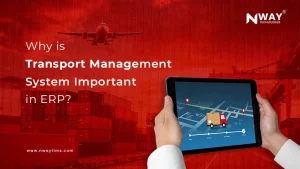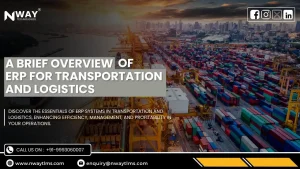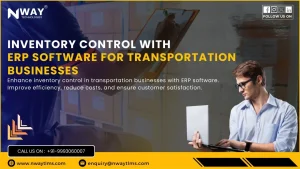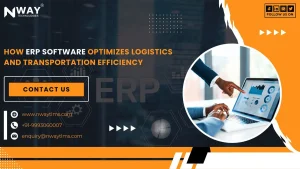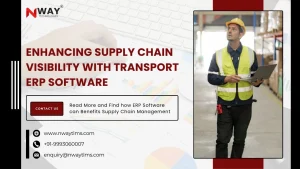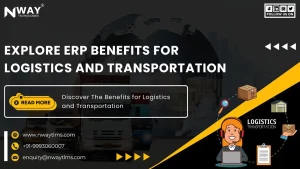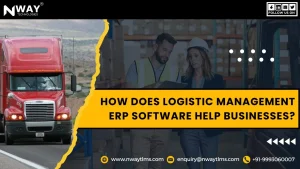Drive Productivity in the Logistics Industry with NWAY Transportation ERP Software
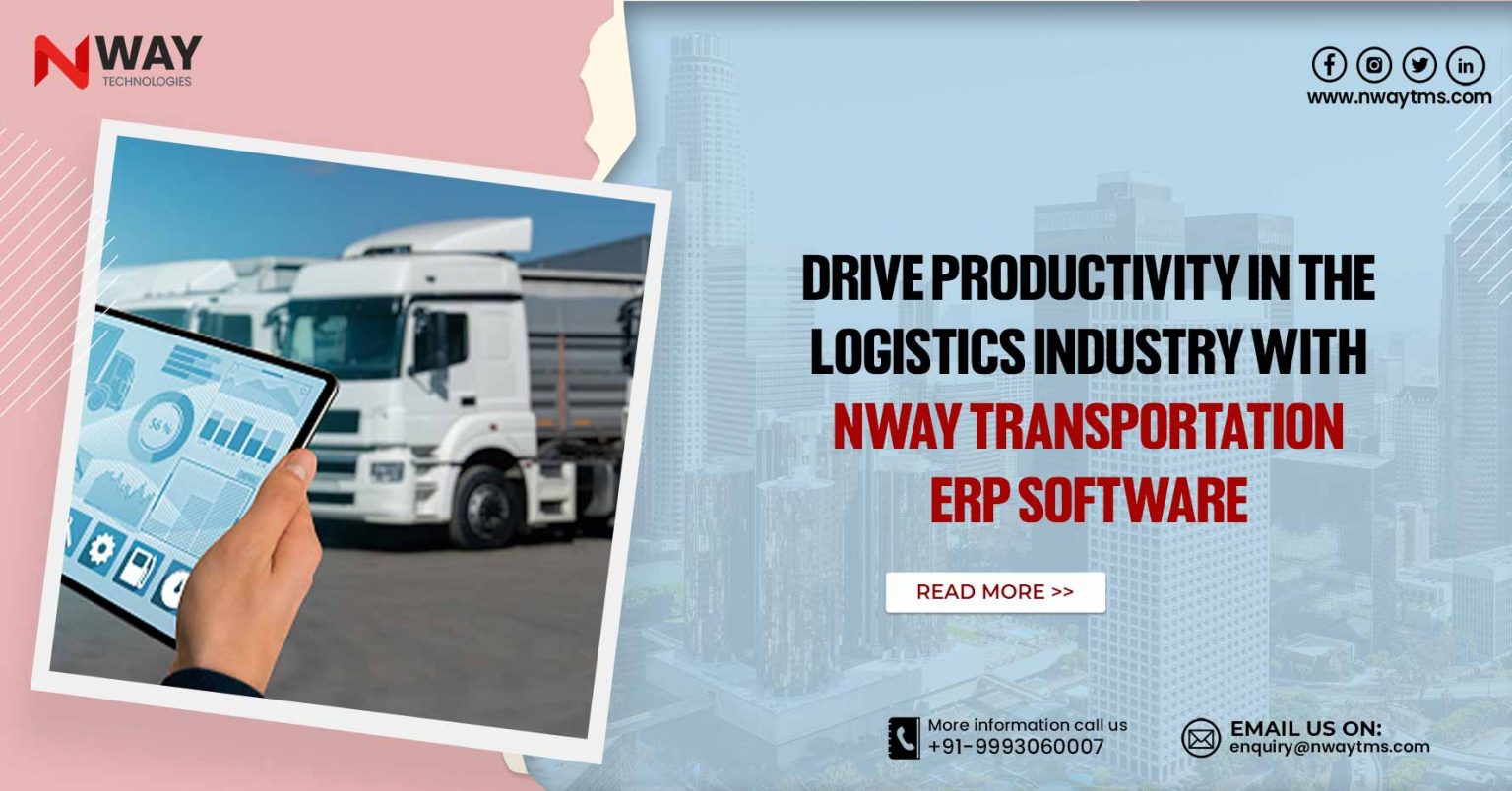
Today’s logistics and supply management industry is more competitive than ever. Many logistics companies are investing in the latest technology to streamline operations, cut costs, and increase visibility into supply chains to drive profitability. Whether you work within the logistics industry or plan to start your own business in this field, Logistics ERP Software can significantly improve efficiency and cut costs.
An ERP software solution like NWAY Transportation can help you manage your company’s inventory, shipping, sales orders, production, and other essential logistics processes. These tips will help you understand why an ERP system benefits the transportation industry and some considerations for choosing the right one for your business.
Know What to Look for in an ERP Software
An enterprise resource planning system is a software solution that integrates business functions and processes to increase operational efficiency. Your chosen method must be compatible with your business’s needs and requirements. Before shopping for an ERP software solution, jot down a requirements checklist. These may include:
Compatibility with your business’s industry – The system should be compatible with your industry to ensure ease of use and minimal training requirements. If you are unsure which industries the software solution is compatible with, ask the sales representative for a list of customers in your industry. It will help you understand how feasible it will be to implement the software in your business.
System scalability – What is the long-term vision for your company? An ERP system should be scalable to support the growth of your business. Ask the sales representative if the system you are considering can accommodate future growth and be flexible enough to handle any changes that may occur over the next few years.
Be Transparent with your Logistics Partners
When you first start using an ERP system, it’s natural to want to keep it a secret. You may feel like you have the edge over your competitors and want to keep it to yourself. However, transparency with your logistics partners can help you keep costs down, improve visibility, and increase customer service levels. It may take time to implement the system in their operations if you work with a third-party logistics provider. Be transparent with your 3rd party partners and let them know you plan to use the system full-time. It will allow them to prepare for the transition and ensure the system is fully integrated with minimal disruption to business operations.
Plan Ahead
Before you begin implementing an ERP software solution, plan and estimate how much time it may take to integrate the software into your operations fully. When selecting an ERP solution, consider how much training your employees will need to become proficient in using the system. You may also need to factor in how long it will take to integrate the system into your operations. It includes training logistics partners on using the system and creating custom user access. Preparing your employees and logistics partners for any disruptions that may occur during the transition is essential.
Build a Culture of Continuous Improvement
Every business has room for improvement. Whether you are looking to reduce costs, increase efficiency, or increase the number of customer orders, an ERP system can help you achieve these goals. An ERP solution gives you better insight into your business operations, customer demand, and inventory levels. It will allow you to see future trends and adjust as necessary. When implementing the system, use the data to identify areas that need improvement. You may find that you are producing too much inventory or your shipping times are too long, and this information will allow you to make necessary changes. Be sure to track key business metrics to determine how well your business performs after implementing the system.
Manage Human Resources Well
An ERP system will allow you to store employee information, such as job titles, responsibilities, and salary, which is used to calculate benefits and accurate payroll taxes based on employee hours. Investing in an ERP system can be expensive, and some plans may be more costly than others, depending on the features and functionality. Before you make your decision, look into the pricing of each software solution.
Conclusion
An enterprise resource planning system is a software solution that integrates business functions and processes to increase operational efficiency. Be transparent with your logistics partners, plan, and build a culture of continuous improvement. Manage human resources by storing employee information, such as job titles, responsibilities, and salary. These features will allow you to make necessary changes and improve operations.
Let’s make running your construction business a little less crazy.
Subscribe for weekly insights.
Recent Posts
